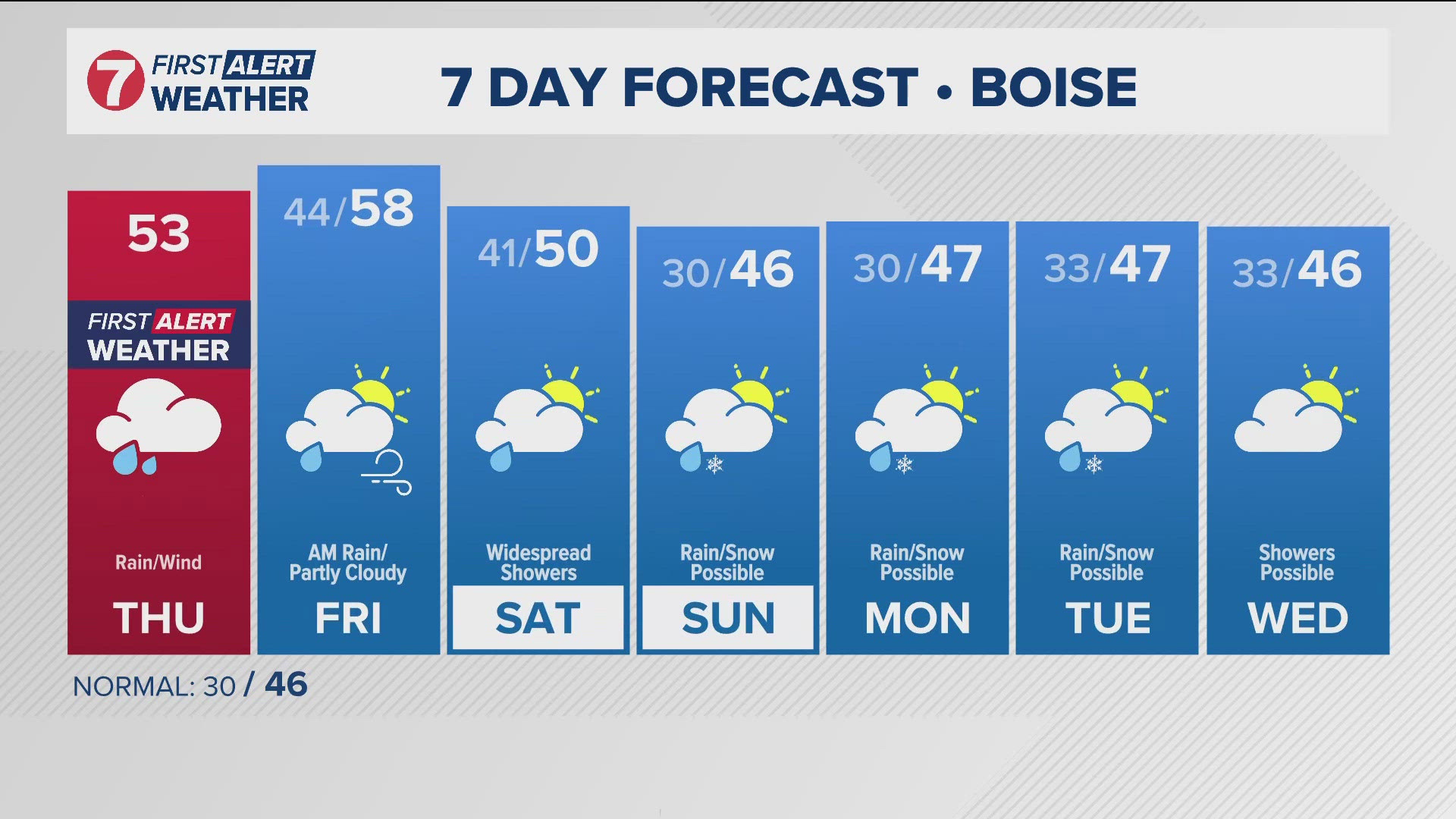BOISE, Idaho — An eight-year plan for a major upgrade to the nation's weather radar stations to help predict dangerous storms and improve air traffic safety is on track at the midway point, a federal official said Friday.
The improvements will keep the 25-year-old system viable into the 2030s, said Jessica Schultz, deputy director at the National Weather Service Radar Operations Center in Norman, Oklahoma.
The Next Generation Radar (NEXRAD) system was built in the 1990s, and officials say the upgrades are needed to not only improve information but to keep it working.
The National Weather Service, U.S. Air Force and Federal Aviation Administration are paying for the $150 million project to refurbish 159 stations that will wrap up in 2023.
The improvements include installing new pedestals on which radar antennas rotate and more powerful computers to process information that could help provide earlier tornado and flash-flood warnings.
"The higher-quality data can lead to improved weather warnings," Schultz said. "It provides the forecasters more confidence."
The system also supplies information for smartphone weather apps so people know what kind of a day to expect.
The Federal Aviation Administration uses the system to improve safety for flights, and the Air Force uses the system for flight safety as well as protecting resources, Schultz said.
The improvements involve four aspects with work timelines that are overlapping.
The first part, completed in 2017, was upgrading the signal processors, or computers, to more powerful machines that transform raw data into usable information, such as radar images that include intensity levels for storms and can identify conditions that might lead to the formation of tornadoes.
The second part, which is about 60 percent complete, is refurbishing transmitters. Transmitters produce the signals that bounce off objects, such as water droplets in clouds, and return to the station where that raw data is transformed by the signal processing computers.
The third part is refurbishing pedestals on which the radar antenna's spin. Only 11 of those have been completed, Schultz said. One radar station scheduled for that work later this month is near Boise, Idaho. The work will knock that radar offline for about three weeks.
Tim Barker, science and operations officer for the National Weather Service in Boise, said meteorologists will use data from neighboring radars. That information, because of the curvature of the Earth, will only provide information on weather conditions higher in the atmosphere.
"Certainly the weather at the ground is what matters to most people," Barker said. "That's going to be seen better by local radar rather than one farther away."
Boise residents can expect their smartphone weather apps to not have radar images once the radar goes offline, he said.
Finally, the fourth part of the national plan is repairing or replacing equipment shelters, which include such things as doors and roofs. That work is about 15 percent complete and will take several more years, Schultz said.
The radar weather stations in general are continually updated or repaired as needed, but the work now going on is a much bigger refurbishing effort, she said.
"That Boise radar has been spinning on a ridge south of town for about 25 years," Barker said. "That's a lot of wear and tear. We feel we can live without it for three weeks in order to be confident it will last another 30 years."



